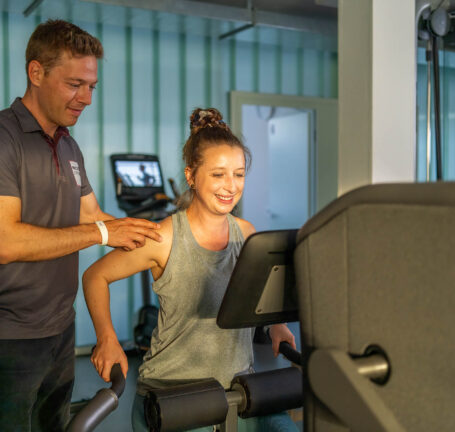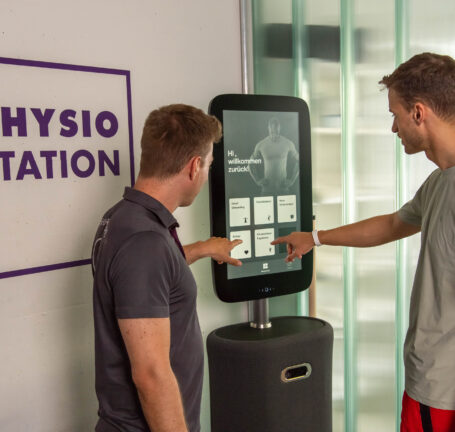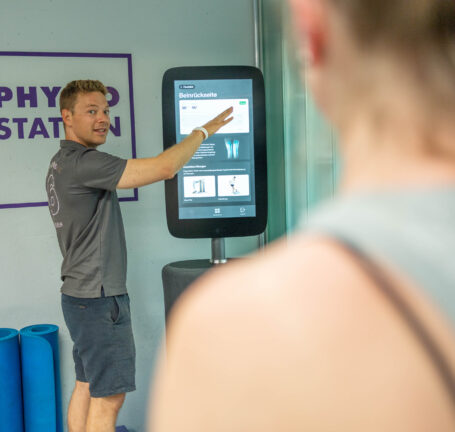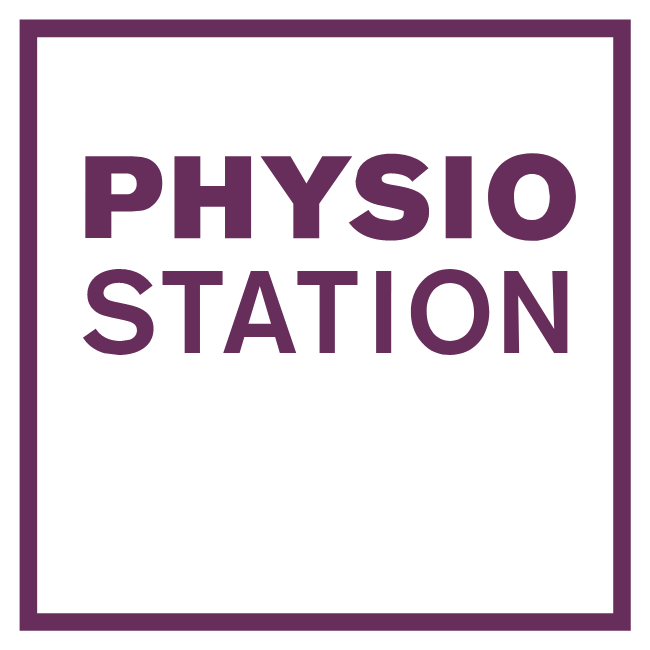Self-directed training
Self-directed training for acute pain

- Appointments within 48 hours
- Modern stations
- Specialised staff
- Transparent communication






Train independently
Current pain, whether caused by chronic illnesses or acute complaints, can severely impair quality of life. Pain often leads to a relieving posture, which in turn can cause other complaints.
- Train independently in the event of acute pain
- Train independently for sarcopenia
- Training independently after injuries
You can benefit from the following advantages by taking responsibility for your own training:
1. Pain-relieving effects: Scientific research has shown that moderate to vigorous resistance training can activate the body’s natural pain-relieving mechanisms, such as the release of endorphins. These endogenous opioids can help reduce pain perception and improve overall comfort during and after exercise, even in individuals who initially feel pain
2. Pain modulation through training: Research suggests that regular strength training can help modulate pain perception by improving functional connectivity between brain regions involved in pain processing and control. This can lead to a reduction in pain intensity and better management of chronic pain.
3. Strengthening surrounding structures: Strengthening the muscles around the painful area can help to reduce pressure and strain on painful joints or tissues. This can lead to a reduction in pain and improved function.
4. Improved blood circulation: Movement in everyday life as well as regular physical activity, including strength training, can improve blood circulation and promote the supply of nutrients and oxygen to damaged tissues. This can help speed up the healing process and reduce inflammation, which contributes to pain. It also helps to drain inflammatory and pain substances from the affected area
5. Improved posture and movement patterns: Resistance training can help improve posture and correct dysfunctional movement patterns that may cause or worsen pain. By strengthening the right muscles and improving posture, tension and pressure on painful structures can be reduced.
6. Increased pain tolerance: Regular physical activity, including strength training, can increase overall pain tolerance. This happens through the release of endorphins and other natural painkillers during exertion, as well as the psychological benefits of coping with pain and improving overall well-being.
When it comes to pain, we rely on targeted physiotherapy and efficient strength training. This combination allows you to take advantage of all the options for relieving pain as quickly as possible. According to current studies, targeted strength training most effectively supports the body’s processes to alleviate pain and thus restore your quality of life.

Are you interested in a training subscription at Physio Station?
Find out more about our various training programs and arrange your first trial session.





